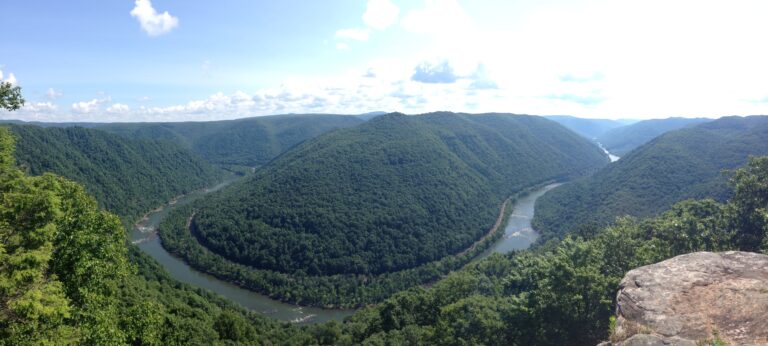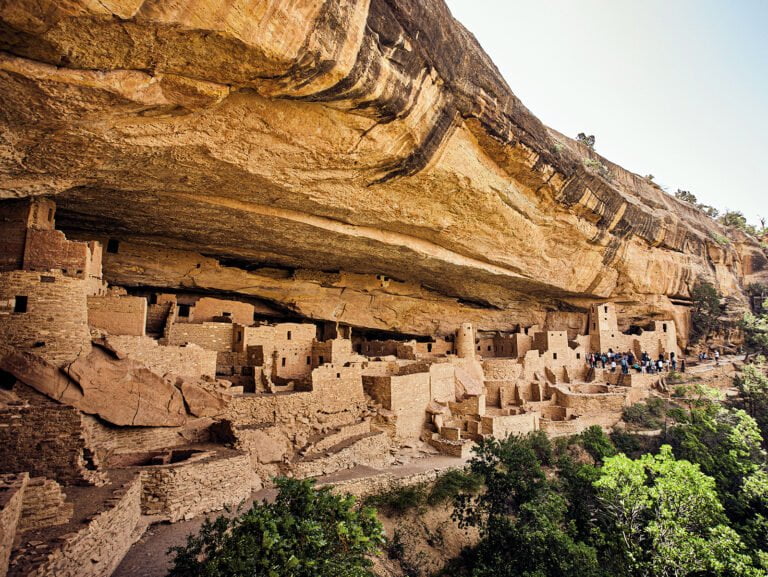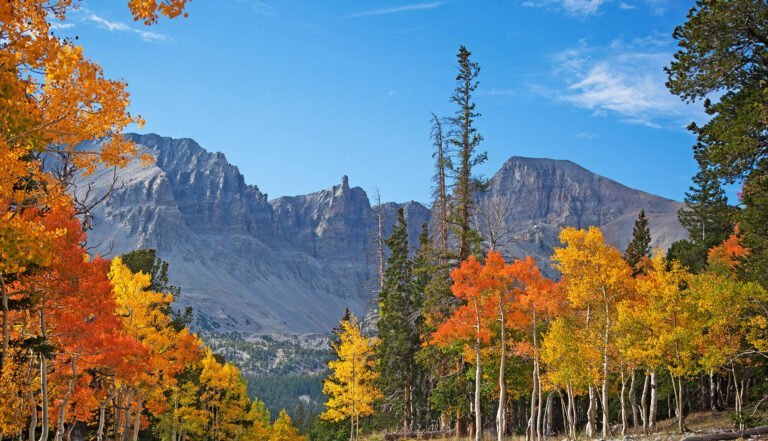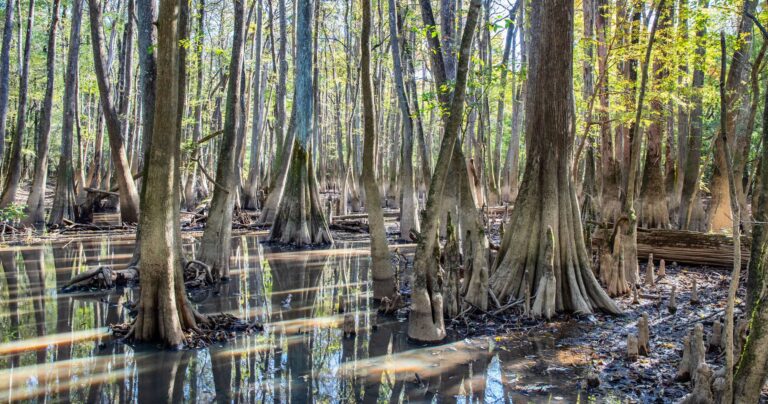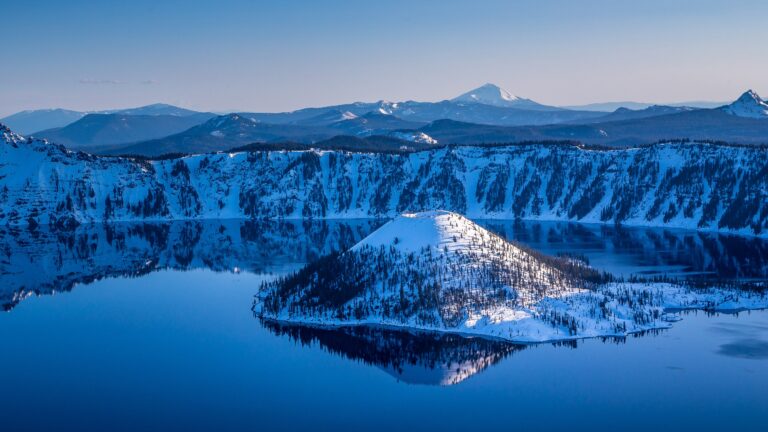Wrangell-St. Elias National Park
Wrangell-St. Elias National Park and Preserve, a vast wilderness in Alaska, beckons adventure seekers with its rugged beauty and awe-inspiring landscapes. Covering an expanse of 13.2 million acres, established in 1980, and welcoming around 50,000 visitors annually, this park has become a paradise for nature enthusiasts.
Firearms Regulations in the Park
Visitors eligible to possess weapons under federal and Alaska state law can carry firearms within Wrangell-St. Elias National Park. Firearm use and discharge must adhere to the regulations outlined in 36 CFR 2.4(a)(2)(ii) and 36 CFR 13.30. However, it’s important to note that not all Alaskan National Parks have the same firearm policies. Federal buildings within the park, such as National Park Service offices and administrative buildings, Wrangell-St. Elias Visitor Center, and various ranger stations, have restrictions on carrying guns.
Hunting within Wrangell-St. Elias National Park
Sport hunting is permitted only within the boundaries of the National Preserve, in compliance with Alaska State Law. Both the park and the preserve allow subsistence hunting for legally resident rural residents. Hunters aged 16 and older in Alaska must possess a valid state hunting license, with species and region-specific possession and bag limitations.
The Majesty of Wrangell-St. Elias
Compared to renowned parks like Yellowstone and Yosemite, Wrangell-St. Elias stands out for its immense size, over 17 times larger than Yellowstone and more than six times larger than Yosemite. This park is often referred to as the “Mountain Kingdom of North America” due to the convergence of several major mountain ranges within its borders. These ranges are commemorated with plaques throughout the park.
Glaciers and Volcanoes
Within Wrangell-St. Elias National Park lies the impressive Mount Wrangell, one of the world’s largest active volcanoes. The park is also home to around 150 glaciers, with the Bagley Icefield, stretching 80 miles, being the longest subpolar ice field in North America. Notably, the Hubbard Glacier, spanning 76 miles, defies the trend of glacier recession, and its growth provides valuable insights into climate change.
Diverse Wildlife
The park’s expansive size fosters a diverse population of animals. With 54 identified species of mammals, visitors might spot sea otters and Steller’s sea lions. Bird enthusiasts can rejoice with 239 bird species, ranging from the vibrant pine grosbeak to the soulful singing of the hermit thrush.
Ideal Time for a Visit
For an optimal experience, plan your visit to Wrangell-St. Elias National Park between June and September. These months offer milder weather and greater accessibility to the park’s attractions.
Visitor Information and Facilities
- Copper Center Visitor Center
- Address: Richardson Hwy, Copper Center, AK 99573
- Phone: (907) 822-7250
- Hours: Daily 9:00 AM–5:00 PM (Closed in Winter)
- Kennecott Visitor Center
- Address: McCarthy Rd, Chitina, AK 99566
- Hours: Daily 9:00 AM–5:00 PM (Closed in Fall, Winter, and Spring)
Conclusion
Wrangell-St. Elias National Park and Preserve encapsulate the untamed beauty of Alaska’s wilderness. With its impressive size, rich wildlife, glaciers, and stunning landscapes, this park offers an unparalleled experience for outdoor enthusiasts. Whether you’re interested in hunting, exploration, or simply soaking in nature’s splendor, Wrangell-St. Elias is a destination like no other.
FAQs
1. Is hunting allowed in Wrangell-St. Elias National Park?
Yes, hunting is permitted within the National Preserve area, following Alaska State Law and with valid licenses.
2. Can visitors carry firearms in the park?
Visitors eligible under federal and state law can carry firearms, but restrictions apply within certain federal buildings.
3. What is the best time to visit the park?
The months from June to September offer the best weather and accessibility.
4. Are there any entrance fees for the park?
No, there are no entrance fees for Wrangell-St. Elias National Park.
5. Are there any visitor centers within the park?
Yes, there are visitor centers like the Copper Center Visitor Center and Kennecott Visitor Center that provide information and assistance to visitors.
6. How to get to Wrangell-St. Elias National Park
Most visitors access Wrangell-St. Elias National Park by small aircraft, flying into one of several nearby airports like McCarthy, Chitina, or Yakutat. Some access the park by boat, hiking in, or via remote backcountry trails. No roads directly enter the park’s interior.
7. How big is Wrangell-St. Elias National Park?
At over 13 million acres, Wrangell-St. Elias National Park is the largest national park in the United States. It contains 9 of the 16 highest peaks in the U.S. and the largest concentration of glaciers outside of polar regions.
8. Where is Wrangell-St. Elias National Park?
Wrangell-St. Elias National Park is located in southeast Alaska near the border with Canada’s Yukon Territory. The park stretches from the ocean to the Saint Elias mountain range. The nearest towns are McCarthy and Kenny Lake.
9. How big is Wrangell St Elias National Park?
Wrangell St. Elias National Park is 13.2 million acres, making it by far the largest national park in the United States. It takes up an area the size of Vermont and New Hampshire combined in southeast Alaska near the Yukon border.

